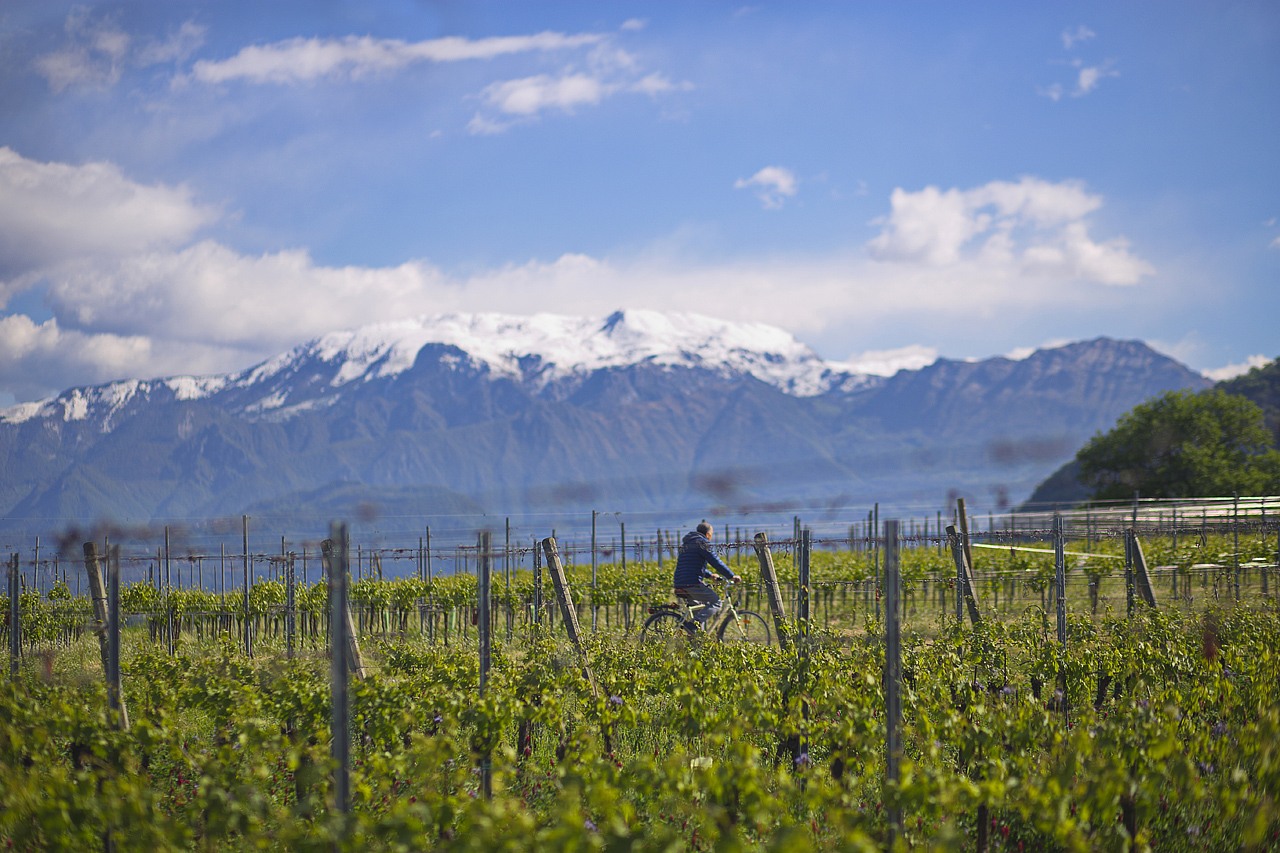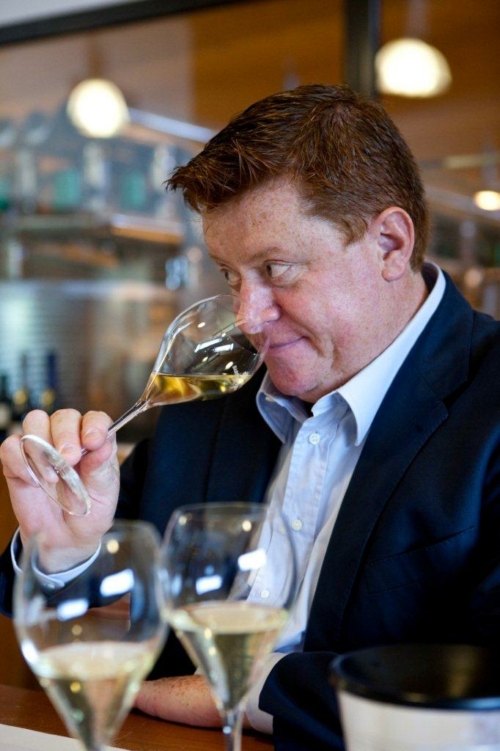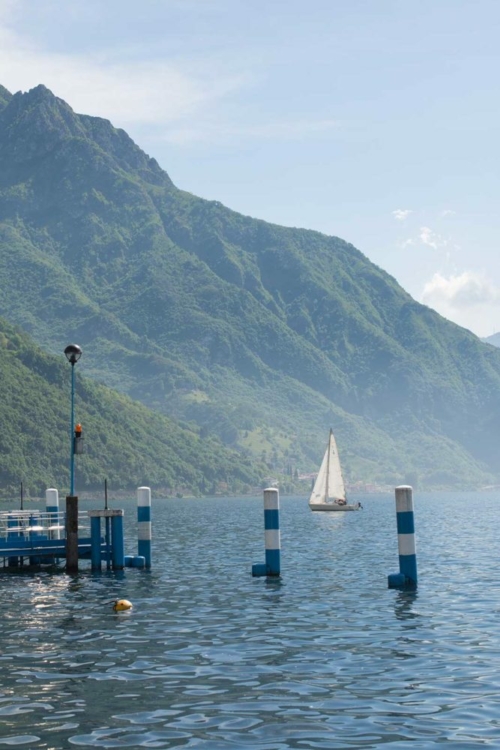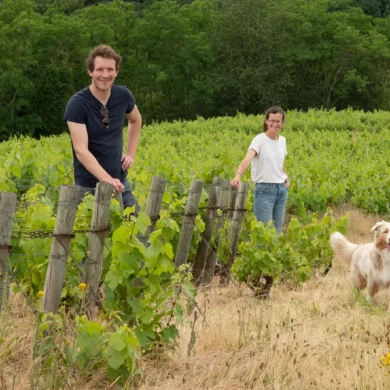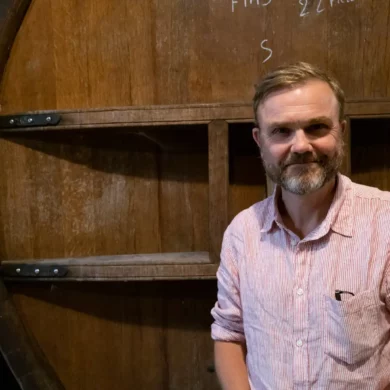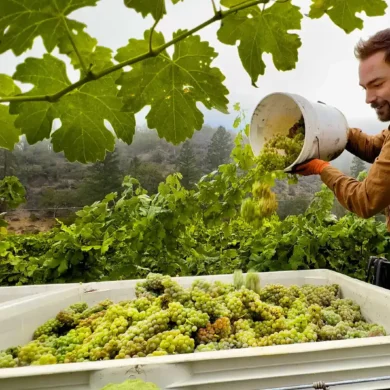Blessed with abundant sunshine and a subtle kiss of humidity from the nearby Lake Iseo, Franciacorta would seem to be a paradisaical place to make wine. In fact, winemaker Silvano Brescianini of Barone Pizzini told me as such when we met over Zoom in late June.
“Until the end of May, it has been a perfect season,” he reported with optimism. “It was perfect because [we had] no frost, rain at the right time. The vineyard looks perfect.” Then, as things often do these days, the subject turned to COVID-19. “It looks like nature feels better without human[s] around,” he observed.
It may seem like long ago at this point, but in March and April, the news in Lombardy was as dire as anywhere in the world in terms of the disease’s advance. Bergamo and Brescia provinces (the latter, where Franciacorta resides) were the epicenter of Italy’s outbreak, necessitating a stringent shutdown to quell the epidemic. To this point, nearly 100,000 confirmed cases of coronavirus have resulted in almost 17,000 deaths in Lombardy. (For perspective, Piedmont was second in Italy, with one-third the case load).
“We were exactly in the middle of the main problem,” he noted. “It was really bad.”
But Brescianini rationed that his vineyards had taught him a lesson through all of this: the planet will survive without humans; it’s humans who need the saving. I’ve had a similar, perhaps more cynical, thought at times in recent months: What does nature need us for?
What role wine has in straightening out this conundrum, I’m still not sure. At times, a glass or two has been my escape from the anguish of each day’s news. At other times, it hasn’t been potent enough. I assume we’ve all had these types of reflections lately, and whether the wine in our glass is organic or not — well, that would seem lilliputian at best.
But after talking with Silvano Brescianini, another thought came to mind: what if promoting biodiversity in a vineyard — soil, water, air, the surroundings — was simply about respecting that which is not ourselves? What if we substituted the word “organic” for “empathy?” Is that what this is about?
I waffled on it. Well, that’s a peachy thought, the cynic in me noted, stewing on the economic privileges of buying organic. Yeah, but empathy is what you’re aspiring for when you buy organic, the idealist countered. Round and round we went. (I’ll spare you the rest).
Barone Pizzini has been organic for more than 20 years, and was the first estate to go that route in Franciacorta. Recently, they’ve gone a step further and become certified as a Biodiversity Friend from the World Biodiversity Association, which piqued me interest. (Well, that and their wines are uniquely delicious).
The certification is not widely adopted in the wine world, but it does require an annual analysis of winery operations, focused mainly on the winery’s impacts on soil, ground water and air quality. It also requires cooperation from your neighbors, whose actions can easily drift on the wind or through the ground water.
To me, it sounded very much like the central tenants of biodynamic viticulture, but without the metaphysical integration (or quasi-science, as its detractors would call it). If not out of empathy, promoting biodiversity has sound economic benefits as well, including a more resilient environment for your vines to stave off threats such as droughts or pest outbreaks. And, in the end, it is increasingly healthy for the brand. “Nobody is happy to drink pesticides,” as Brescianini put it.
Regardless, what is in the glass with Barone Pizzini is delightful. Below are three wines from the estate as well as my interchange with winemaker Silvano Brescianini.
Tasting Impressions and Interview
Barone Pizzini has a scrumptious range of sparkling wines. Many of them draw their character from a mixture of sensibly farmed vineyards (see below question on biodiversity) but also an emphasis on barrel and barrique fermentation in the base wine prior to secondary fermentation in the bottle. Perhaps that is why these wines have such a fullness and depth.
2014 Barone Pizzini Rosé Franciacorta
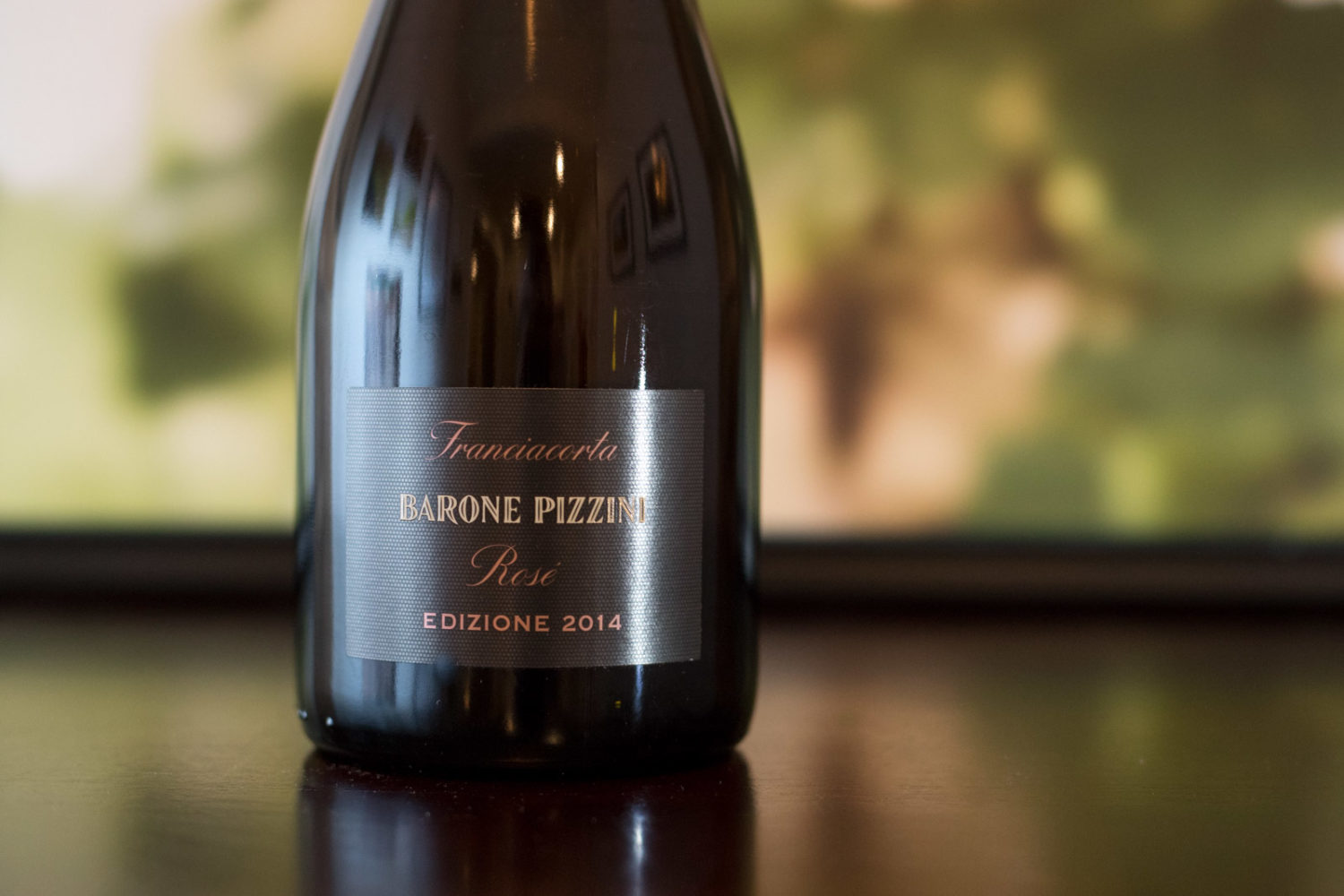
Kevin Day: Tell me about the Biodiversity Friend program. What are the key metrics they use for that certification, and how often do they audit the estate? Why is it important to you?
Silvano Brescianini: It is every year and they [the World Biodiversity Association] look at and analyze the amount of life in the soil, the air and the water — looking for flowers, herbs, etc., spiders, insects, mosquitos and worms, and they have a score of 90 points that you must meet … Biodiversity for us is a step ahead of organic. To avoid pesticides, herbicides and chemicals with organic, that is the entry level. The second level is: how do we help life in the vineyard? The question is “is the richness in biodiversity important in terms of quality [in the wine]?” Or “is it important in terms of the planet?” Yes, to both questions. It is always about balance. You cannot just take from the soil, but you must put organic life back in …
[Farmers] gave back nothing to the soil for 50 years [due to conventional farming], and the organic substance in the soil went down to 5%, 3%, 2% depending on where you are. Remember, once organic substance is below less than 1%, the soil is going to be desert. So we need to bring organic substance back into the life of the soil. That is very important.
Franciacorta DOCG (Lombardy)
Grapes: Pinot Nero (80%), Chardonnay (20%)
Alcohol: 12%
Ratings: ★★★★ 3/4 (out of five)
Food-friendliness: Versatile
Value: Very good
A beginner might like … The winey-ness of the aromas. You’ve been to wine country. You know that smell when you walk into a winery: fermentation. That sensation wafts from the glass with Barone Pizzini’s lively Rosé, and then peels back one aromatic layer after another: strawberries, peach pie, herbs, bread crust … Don’t smell them? Let the bubbles settle and give it another whiff. This is a great example of how complex sparkling wines can be on the nose.
A wine obsessive might like … The precision-to-price ratio. Made from 80% Pinot Nero, this Rosé Franciacorta runs in the mid-$30 range, despite its barrique aging and nearly 40 months on the lees. The textural richness on the palate, with a faint salty quality, is hard to resist.
NV Barone Pizzini “Animante” Franciacorta Extra Brut
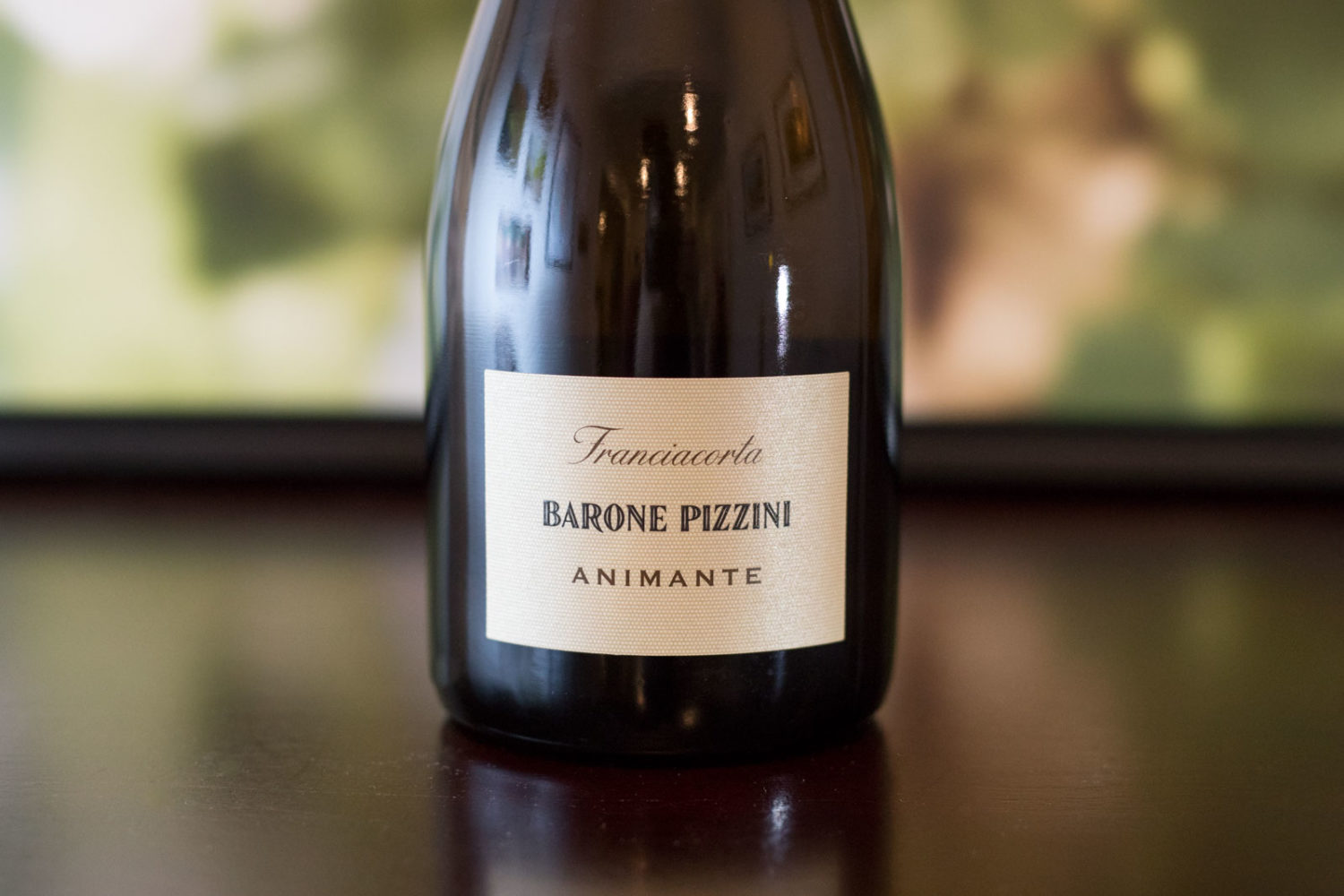
Kevin Day: For ordinary consumers not in the wine trade, how is Franciacorta different in the glass than Champagne?
Silvano Brescianini: It depends on the style, but normally the main difference is the position [of Franciacorta] and how much sun we can have. Even though we are close to the Alps, we are in Italy and south of Champagne, so we have a better ripeness and alcohol is never a problem and we don’t have to do chaptalization. On the other side, acidity can be a problem, but never ripeness. Another important thing is the soil, which is granite and rich in stone and sand. So our wines have more fruit and more roundness.
Franciacorta DOCG (Lombardy)
Grapes: Chardonnay, Pinot Nero, Pinot Bianco
Alcohol: 12%
Ratings: ★★★★ 3/4 (out of five)
Food-friendliness: Versatile
Value: Very good
A beginner might like … The price. It is not often that you can come across a traditional method sparkling wine with this much dimension and complexity for around $30. This is the perfect gateway to this type of wine, but be warned: there’s no going back!
A wine obsessive might like … The complexity. This wine spent 21 months on the lees and it shows in the tones reminiscent of brioche, ginger and beeswax contrasted with tart green fruit.
2014 Barone Pizzini Satèn Franciacorta
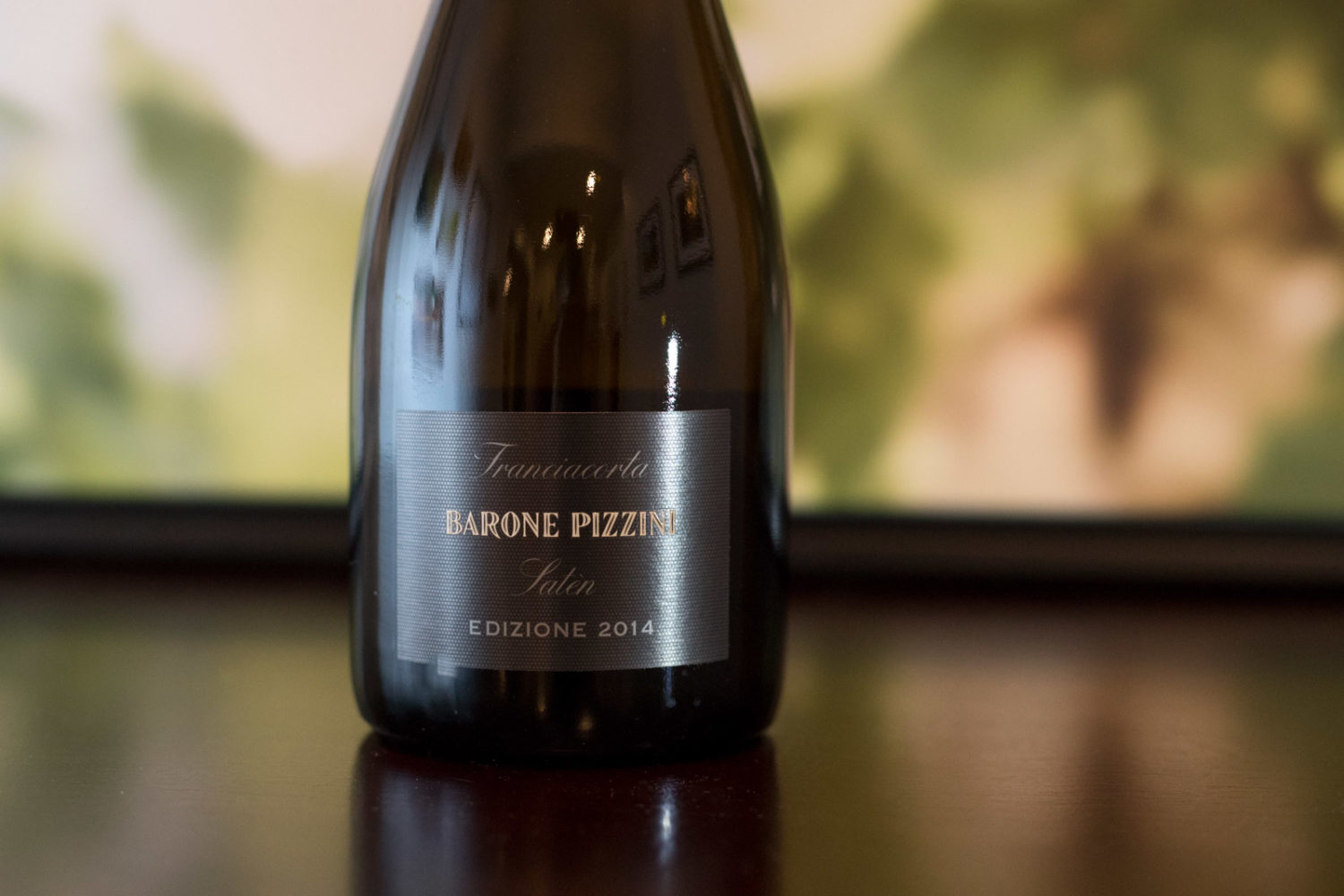
Kevin Day: With Champagne, there is increased interest in the different terroir of the region, and what they contribute to the final wines. You source your grapes from 29 different plots around Franciacorta. Can you explain the different terroir and what you get from the various zones year after year?
Silvano Brescianini: We are concentrated in the northern part of Franciacorta, in Provaglio d’Iseo and Corta Franca. Eighty percent of our vineyards are in these two villages. In Corte Franca, the soil is mainly morainic and we believe this is the best soil for Chardonnay. Moving to Provaglio, we have a vineyard close to the winery at 200 meters, but we also have a vineyard at 400 meters. With the elevation change the soil is different because it is not left from the last Ice Age. It is white clay with some iron which can change the color. In these hills, especially because of the elevation, we believe from our experience it is better for Pinot Noir. But the Chardonnay from morainic soil is very interesting … It will have a dried fruit and hazelnut quality once it has aged, even if it has not been in oak … But all of these differences are why you have to do a blend.
Franciacorta DOCG (Lombardy)
Grapes: Chardonnay (100%)
Alcohol: 12%
Ratings: ★★★★ 3/4 (out of five)
Food-friendliness: Versatile
Value: Very good
A beginner might like … The lack of aggression in the bubbles. Satèn wines are unique to Franciacorta — a style of wine bottled at a lower atmospheric pressure to induce a creamier texture and milder sensation, all without sacrificing the wine’s complexity.
A wine obsessive might like … Also, the lack of aggression in the bubbles. What a refreshing change of pace Satèn can be, and when the wine can still convey aromas recalling things like baked apple, lemon peel, cardomom and bread crust as well as lively, quenching acidity, one ought to take notice.
Note: These wines were provided as samples by the importer upon request from the editor. Learn more about our editorial policy.
